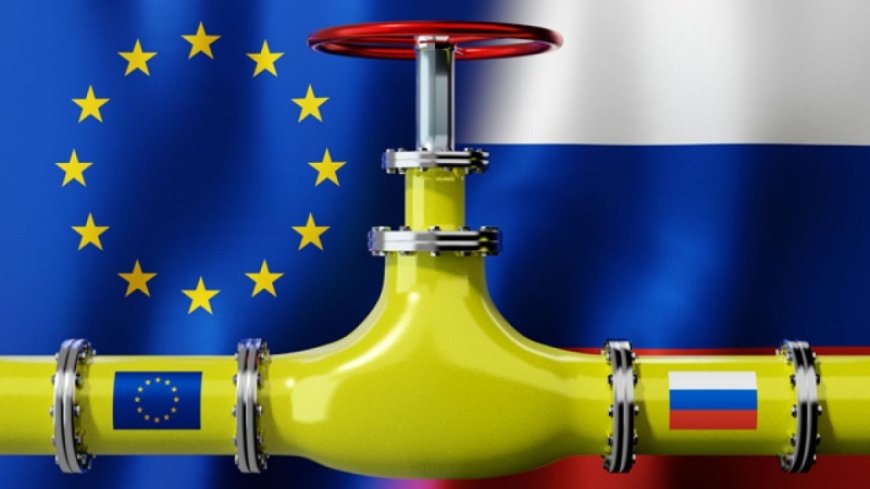International Energy Agency warns of gas crisis in Europe
International Energy Agency warns of gas crisis in Europe

The International Energy Agency (IEA) has warned that if the supply of Russian gas reserves to Europe is completely stopped, this continent will face a very difficult winter. Europe can fill its gas storage facilities (UGS) almost 100% by mid-September, but even such high reserves in the event of a cold winter and a complete halt in gas supplies from Russia could lead to market instability in winter. This is stated in the report of the International Energy Agency (IEA) on the gas market.
“While market fundamentals have improved significantly since early 2023 and the European Union is on track to fill its storage facilities to 95% of operating capacity, full storage is no guarantee against winter instability. Our calculations show that a cold winter with the complete cessation of Russian gas supplies via pipelines to the European Union, effective October 1, 2023, could easily lead to renewed price volatility and market tensions.
Thus, EU UGS facilities can be filled to 90% of the maximum already in early August, and almost 100% - by mid-September. And even if the supply of Russian pipeline gas is completely stopped in the summer of 2023, European countries will still be able to fill storage facilities by 90-95% by the beginning of the heating season, according to the IEA. At the same time, Russia's complete cessation of pipeline gas supplies to the EU from October 1 may lead to the market losing 10 billion cubic meters of gas, the agency notes.
“If we assume that the winter is mild and LNG (liquefied natural gas) supply volumes remain close to last year’s levels, then storage facilities will end the heating season with reserves above 50% of capacity even without Russian pipeline gas. On the contrary, a cold winter would significant pressure on the market. An increase in LNG supplies (by 15% compared to the same period last year) will ensure that storage facilities are filled by 34% by the end of March," the report says.
In addition, the ability to extract gas from storage facilities is reduced when they are less than 30% full due to a drop in reservoir pressure, the IEA stresses. This could increase the risk of price volatility and supply disruptions in the event of late cold weather, combined with a low share of wind generation.













































